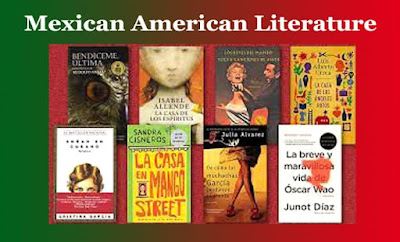Dust Bowl Blues - An Analytical Study
"Dive into 'Dust Bowl Blues' with an analytical study exploring its themes, historical context, and artistic significance. Uncover the poetic narrative of hardship and resilience during a defining era in American history."
Dust Bowl Blues - An Analytical Study
The Dust Bowl, a severe environmental and agricultural disaster that occurred during the 1930s in the central United States, inspired a significant body of literature, including poetry. Many modern American poets captured the hardships, struggles, and human resilience during this challenging period.
Dust Bowl Blues - An Analysis
Evocative Imagery:
The poem 'Dust Bowl Blues' by Woody Guthrie effectively employs vivid and evocative imagery to transport the reader to the harsh reality of the Dust Bowl. Phrases such as "Choking clouds," "Fields once fertile, now overrun," and "Children with tears in their dusty eyes" paint a poignant picture of the desolation and despair that characterized this environmental disaster. The imagery not only captures the physical aspects of the Dust Bowl but also conveys the emotional toll on individuals and communities.
Rhythmic Flow:
The poem demonstrates a rhythmic flow, enhancing its oral and auditory appeal. The choice of language and the arrangement of lines contribute to a musical quality, mirroring the rhythm of the wind and the persistent challenges faced by those living in the Dust Bowl. This rhythmic quality aligns with the tradition of folk and blues music, adding a layer of cultural resonance to the poem.
Symbolism and Metaphor:
Throughout the poem, there is effective use of symbolism and metaphor to convey deeper meanings. The "Dust Bowl blues" itself becomes a metaphor for the collective hardship and melancholy experienced by the people. The recurring image of dust serves as a multifaceted symbol, representing both the physical environmental devastation and the metaphorical covering of dreams and hope.
Narration and Perspective:
The poem adopts a narrative style that captures the collective experience of the Dust Bowl. By using a collective voice to describe the challenges faced by farmers, families, and communities, the poem highlights the shared struggle and resilience. This choice of perspective creates a sense of universality, allowing readers to empathize with the broader human experience of adversity.
Social Commentary:
Embedded within the verses is a subtle social commentary on the consequences of environmental mismanagement and its impact on rural communities. The poem touches on themes of loss, abandonment, and the cyclical nature of hardship. It serves not only as a historical reflection of the Dust Bowl but also as a commentary on the broader socio-economic challenges faced by vulnerable populations.
Message of Resilience:
Amidst the portrayal of hardship, there is a thread of resilience running through the poem. The acknowledgment of community strength and the indomitable human spirit in lines like "In the Dust Bowl blues, where strength never fails" conveys a message of hope. This resilience becomes a central theme, emphasizing the ability of individuals and communities to endure and rebuild even in the face of overwhelming challenges.
Conclusion:
In conclusion, "Dust Bowl Blues" skillfully weaves together language, imagery, and symbolism to offer a poignant portrayal of a historical and environmental tragedy. The poem's rhythmic flow, metaphorical richness, and social commentary make it a powerful piece that invites readers to reflect on the human capacity to endure and overcome adversity. 0 0 0. Dust Bowl Blues - Analysis
You May Like:










Comments
Post a Comment